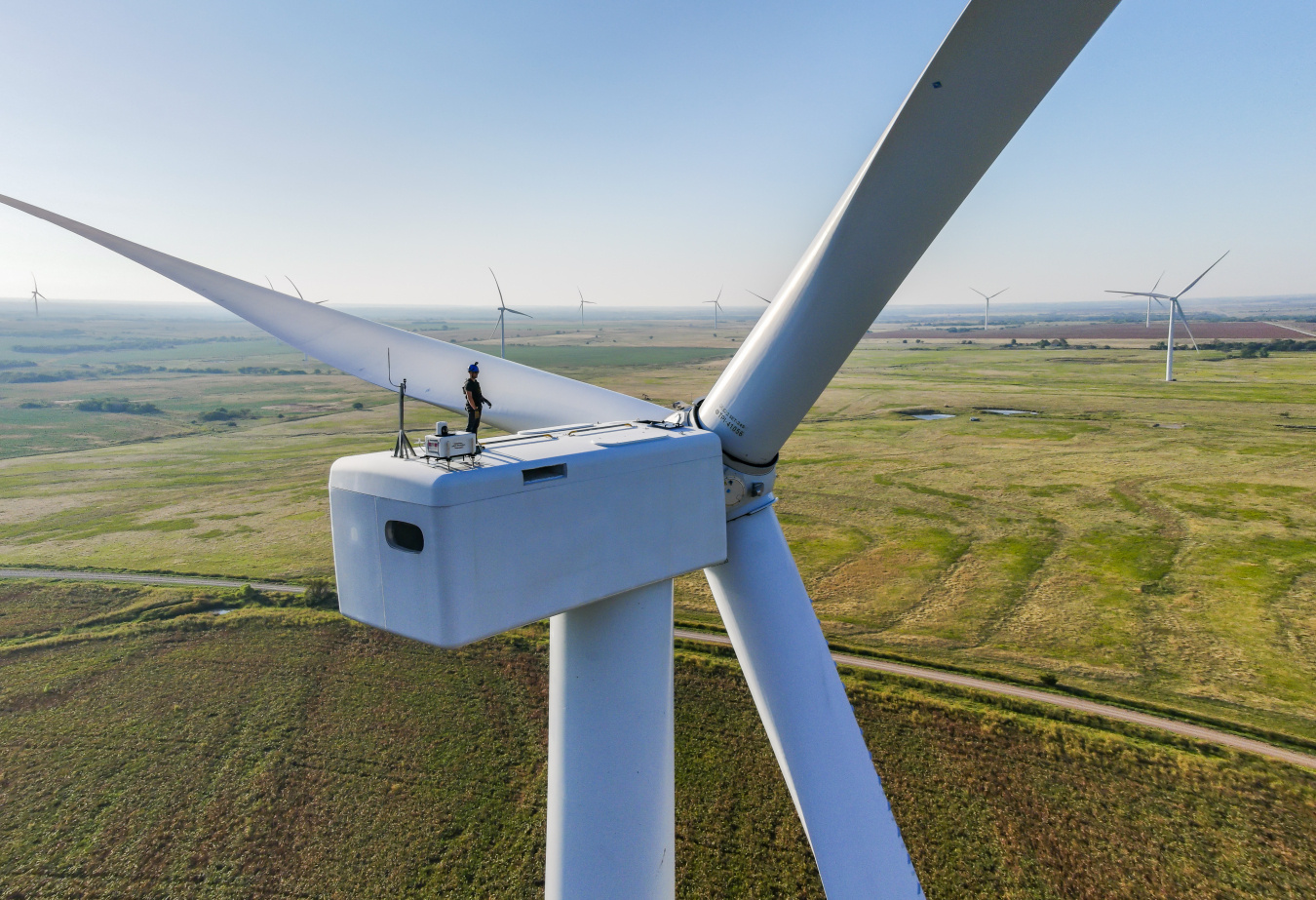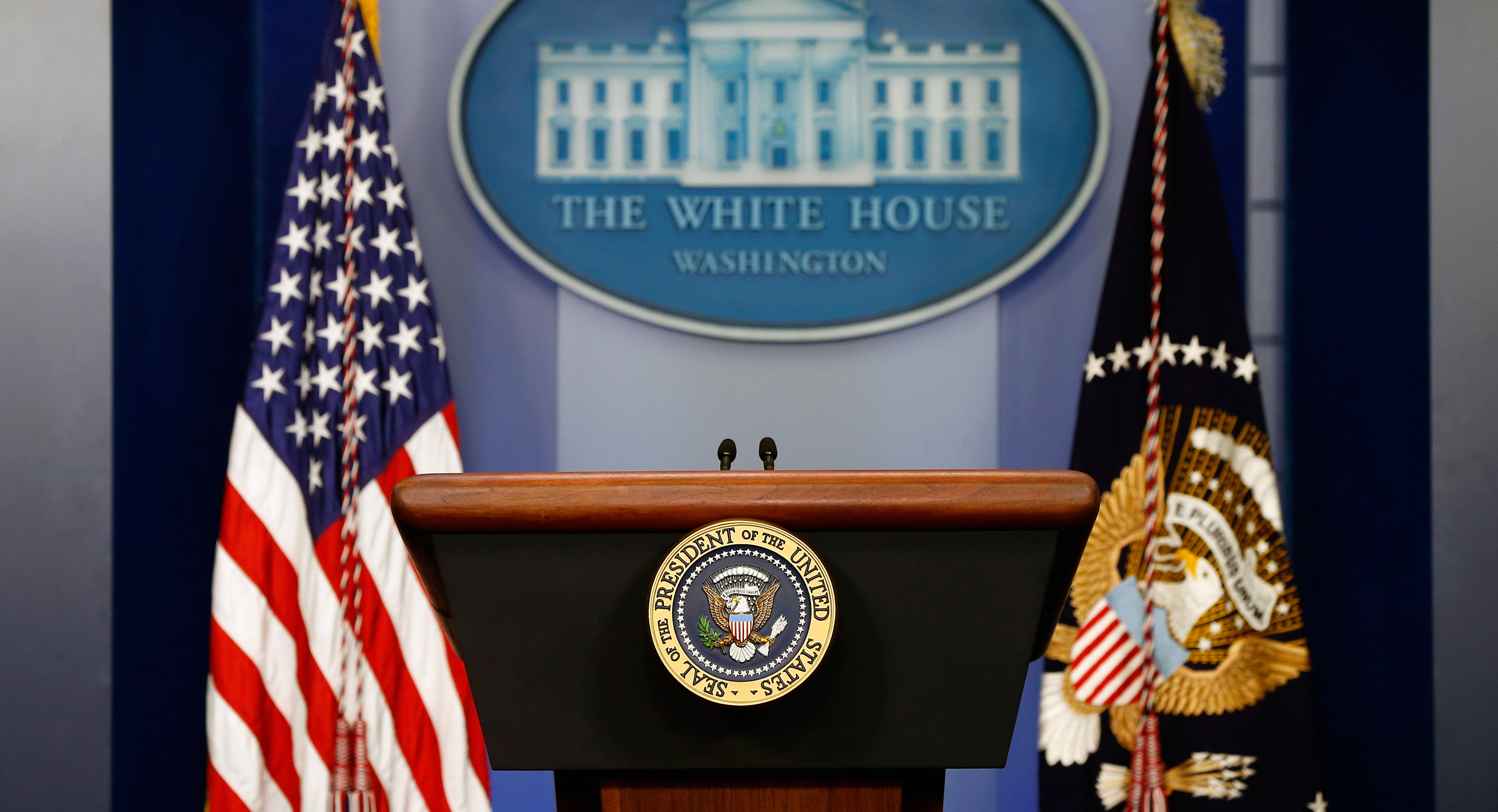In a shocking display of ignorance, President Donald Trump recently condemned wind power during a Cabinet meeting, labeling it an expensive energy source that "smart" countries avoid. His remarks, which were riddled with falsehoods, come just days after he signed an executive order aimed at axing subsidies for green energy, threatening to derail the U.S. clean energy revolution and potentially costing the economy over $100 billion in job losses according to several analysts.
Wind Power is Economical
Trump"s claim that wind energy is costly is fundamentally flawed. According to the Energy Information Administration, onshore wind is actually one of the most affordable sources of electricity generation, producing power at approximately $30 per megawatt hour. This is in stark contrast to new natural gas plants costing around $65 per megawatt hour and advanced nuclear reactors that exceed $80 per megawatt hour. This misinformation not only threatens public understanding but also undermines investment in a sector that could create thousands of jobs.
States Thrive with Wind Energy
States that have embraced wind energy, such as Iowa, Kansas, and New Mexico, have seen their electricity rates grow at a slower pace than those lacking significant wind power contributions. For instance, Iowa"s share of electricity generated from wind surged from 15% in 2010 to nearly 60% in 2023, while the state maintained lower electricity rate increases than 42 other states, as reported by Brendan Pierpont from Energy Innovation. This exemplifies the tangible benefits of wind energy, which contradict Trump"s narrative.
\n\n
What Does Offshore Wind Energy Look Like Today? | Department ...
China Leads in Wind Energy Manufacturing
Trump"s assertion that wind turbines are predominantly manufactured in China is another misrepresentation. In reality, China is the largest producer of wind turbines, creating over half of the global supply, and is rapidly expanding its wind energy capacity. As highlighted in a report by Global Energy Monitor, China has developed 1.3 terawatts of utility-scale wind and solar capacity, far surpassing any other nation. The narrative that countries like China are ignoring renewable energy while building coal plants is misleading. China is actively investing in a diverse energy portfolio designed to reduce fossil fuel reliance.
Global Wind Power Usage is Expanding
Trump"s claim that "smart countries" reject wind energy is patently false. In fact, over 136 countries and territories utilize wind power to generate electricity, with major markets including China, the U.S., Brazil, India, and Germany. The Global Wind Energy Council reported that 2024 marked another record year for wind energy growth, indicating a global shift towards renewable resources. In contrast, Trump"s policies could stifle U.S. innovation and cede leadership to countries like China, which is actively investing in wind technology.
\n\n
Daily White House press briefing to stay in the West Wing ...
Environmental Concerns are Misrepresented
Regarding the environmental impact of wind power, Trump referenced whale deaths in New England, suggesting they were linked to wind farms. However, the National Oceanic and Atmospheric Administration has found no evidence connecting offshore wind activities to whale fatalities. This revelation underscores the need for fact-based discussions around renewable energy, rather than fear-based narratives that hamper progress.
Additionally, claims about wind turbines harming bird populations have been debunked by organizations like the National Audubon Society, which asserts that climate change poses a far greater threat to avian species than responsible wind energy development. The science indicates that wind energy, when implemented correctly, can coexist with wildlife and significantly mitigate the impacts of climate change.
Finally, Trump’s remarks about the recycling of wind turbine blades overlook significant advancements in the industry. The Department of Energy reports that 90% of wind turbine materials can be recycled, and innovative strategies are emerging to address the remaining challenges. Companies like Ørsted are pioneering efforts to ensure sustainability in wind energy beyond just production.


![[Video] Canada PM Carney says AI data centres must be carbon neutral](/_next/image?url=%2Fapi%2Fimage%2Fthumbnails%2Fthumbnail-1763826648718-lujuba-thumbnail.jpg&w=3840&q=75)
![[Video] Fire at COP30 Climate Summit in Brazil](/_next/image?url=%2Fapi%2Fimage%2Fthumbnails%2Fthumbnail-1763671284663-2idg9-thumbnail.jpg&w=3840&q=75)
![[Video] Fire erupts at COP30 climate summit in Belém, Brazil, no injuries reported](/_next/image?url=%2Fapi%2Fimage%2Fthumbnails%2Fthumbnail-1763661056988-msvhjo-thumbnail.jpg&w=3840&q=75)
![[Video] US Secretary of State Marco Rubio discusses Ukraine's safety and prosperity](/_next/image?url=%2Fapi%2Fimage%2Fthumbnails%2Fthumbnail-1764534642844-kl6pso-thumbnail.jpg&w=3840&q=75)


